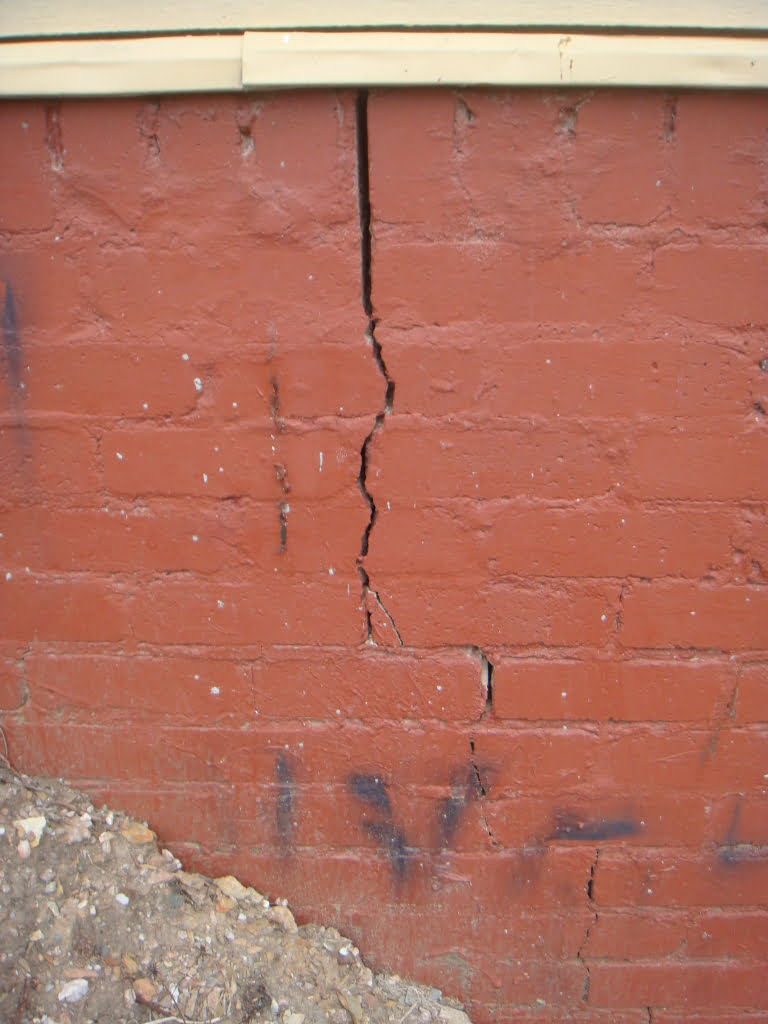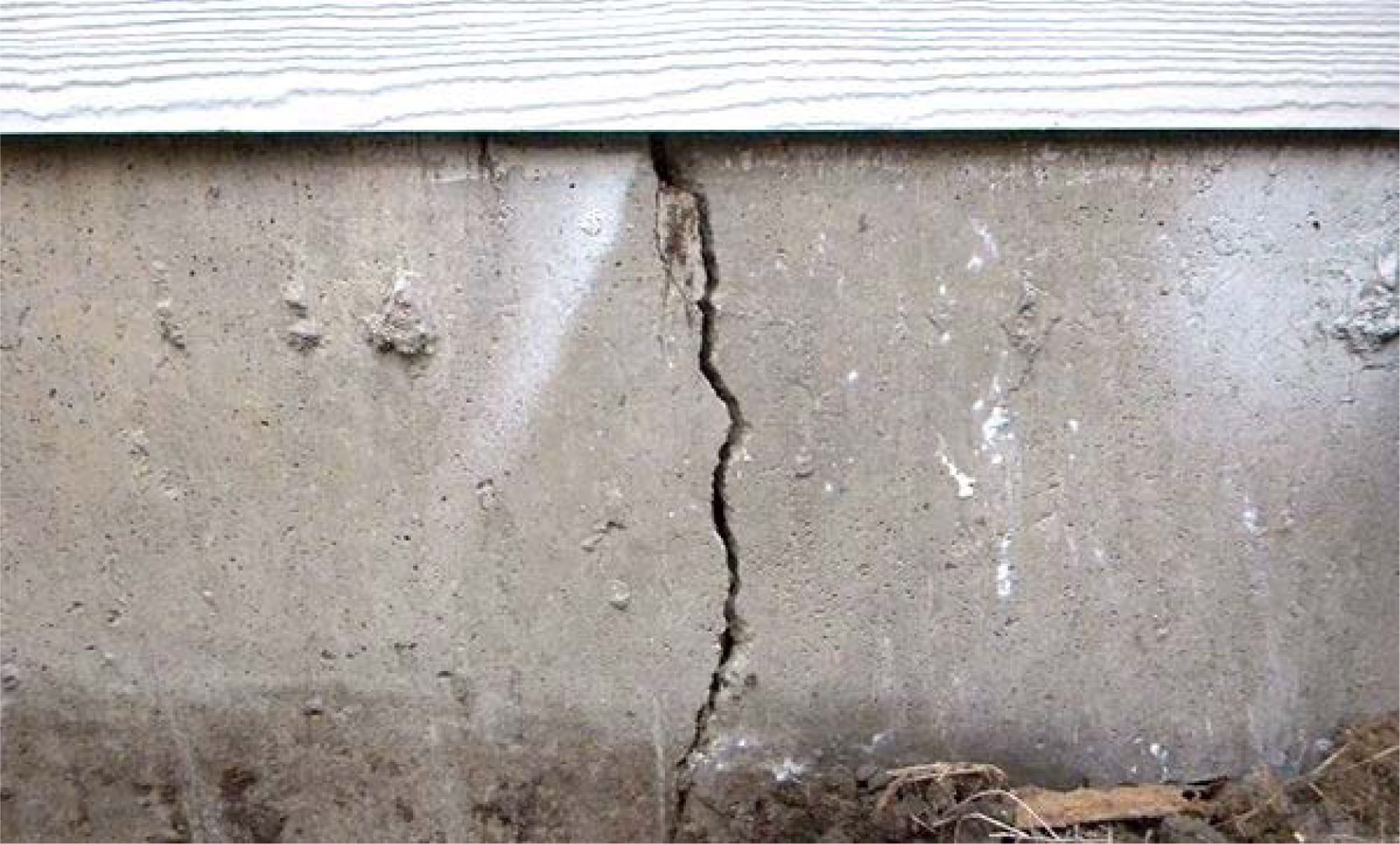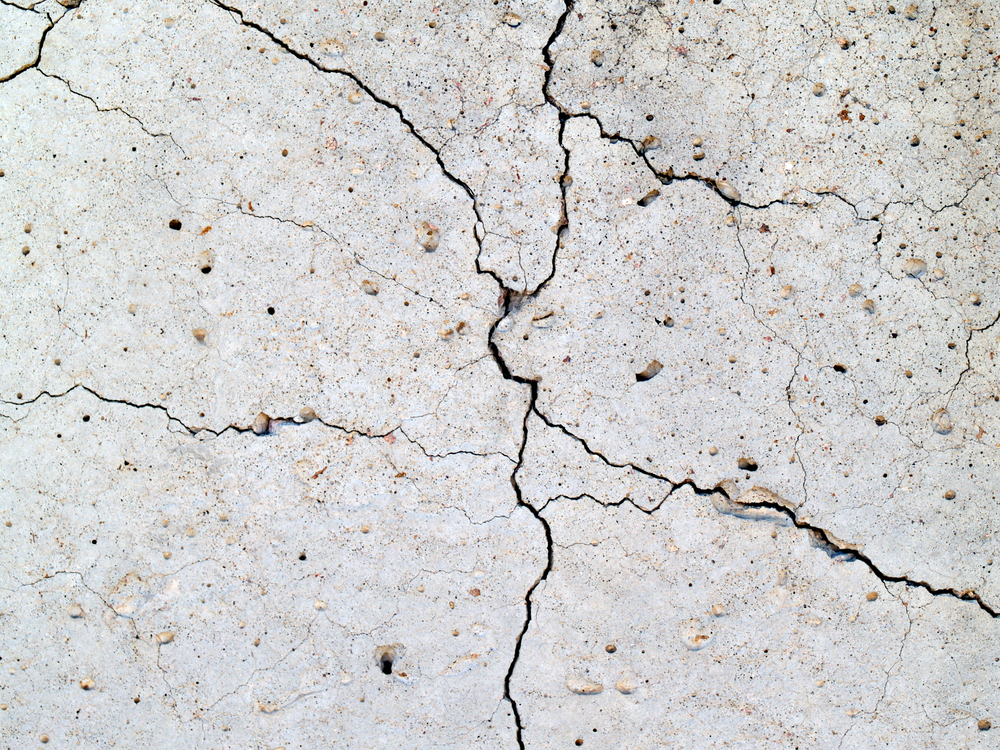

This results in the chippings being more pronounced in some areas that others resulting in irregular overall appearance. The absence of a suitable waterproofing agent can lead to marked differences in suction resulting in difficulties in embedding the chippings evenly to the mortar.

Uneven trowelling and application of chippings can cause patchy appearance on walls. Uneven Appearance and Irregularity of Surface Texture Whilst iron staining can cosmetically spoil the appearance of the affected areas it has no detrimental effect on the render itself.

Products that may contain iron traces are marked on our product page. Advice can be given as to the best course of action required to treat any problematic areas. Derbyshire Specialist Aggregates only select aggregates from quarries that have proven records of low iron content, but should it be required that a zero risk of staining is required we can recommend a number of products that have no history of staining over the last twenty years. Iron staining is a natural occurrence, and no guarantee can be given or liability accepted for areas affected by iron staining. Using Calcined Flint aggregates will not eliminate this problem if the raw flint used already has a high iron content. The aggregates affected by this problem are mostly flint or gravel based type products or aggregates that have usually been quarried from glacial or river deposits. It is not possible to screen the iron content out of the product by using magnets as it is part of the chemical makeup of the aggregate. It is not unusual for the problem to take a number of years to be exposed and there is no way of identifying if the aggregate is affected prior to application. This problem is often increased if the site is in an exposed or coastal region. Iron staining is a natural problem that can occur when specific individual stones within the product that have high iron content are used for dry-dashing are exposed to the environment.

Rendering Defects - What Can Go Wrong? Iron Staining


 0 kommentar(er)
0 kommentar(er)
